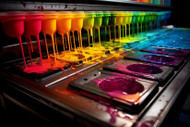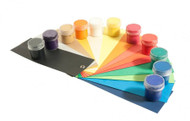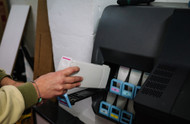27th Apr 2023
The Future of Printing Technology: Predictions and Trends
Printing technology is vital to modern society. It lets us print books, newspapers, packaging, and promotions. Printing technology has a fascinating history of innovations and breakthroughs. The 15th-century printing press made mass book production possible, changing education and knowledge dissemination.
Printing technology advances rapidly today. Digital, 3D, and other printing technologies are improving efficiency and cost. To understand how these trends will affect industries and society, stay informed.
CHOOSE FROM TOP PRINTER BRANDS
2. Brother Ink & Toner Cartridges
3. Konica Ink & Toner Cartridges
4. Kyocera Mita Ink & Toner Cartridges
5. Canon Ink & Toner Cartridges
6. Epson Ink & Toner Cartridges
7. Lexmark Ink & Toner Cartridges
8. Dell Ink & Toner Cartridges
9. Kodak Ink & Toner Cartridges
10. Samsung Ink & Toner Cartridges
11. Pitney Bowes Ink & Toner Cartridges
12. Xerox Ink & Toner Cartridges
Current Trends in Printing Technology
Digital Printing
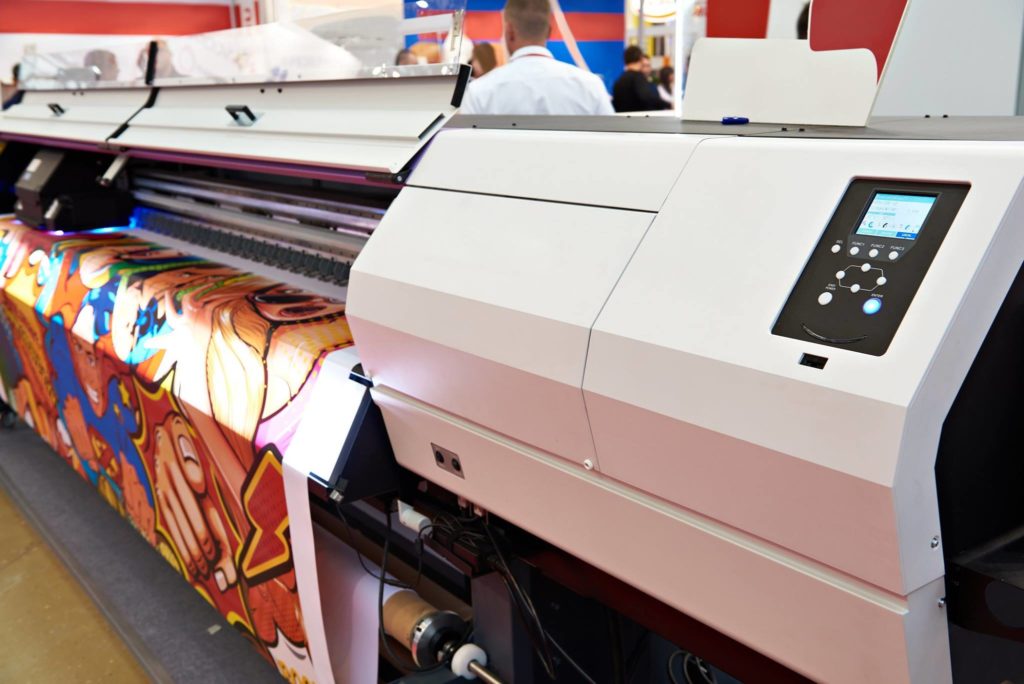
Digital printing has several advantages over offset printing, making it more widespread. Digital printing is ideal for on-demand or small print runs due to its flexibility, customization, and speed. Digital printing can print high-quality business cards and large-format posters in various colors and finishes.
3D Printing
3D printing is also increasing. Layering plastic, metal, or living tissue allows 3D printing. Healthcare, aerospace, and auto manufacturing use 3D printing. It can make complex shapes and structures that traditional manufacturing methods can't.
Predictions for the Future of Printing Technology
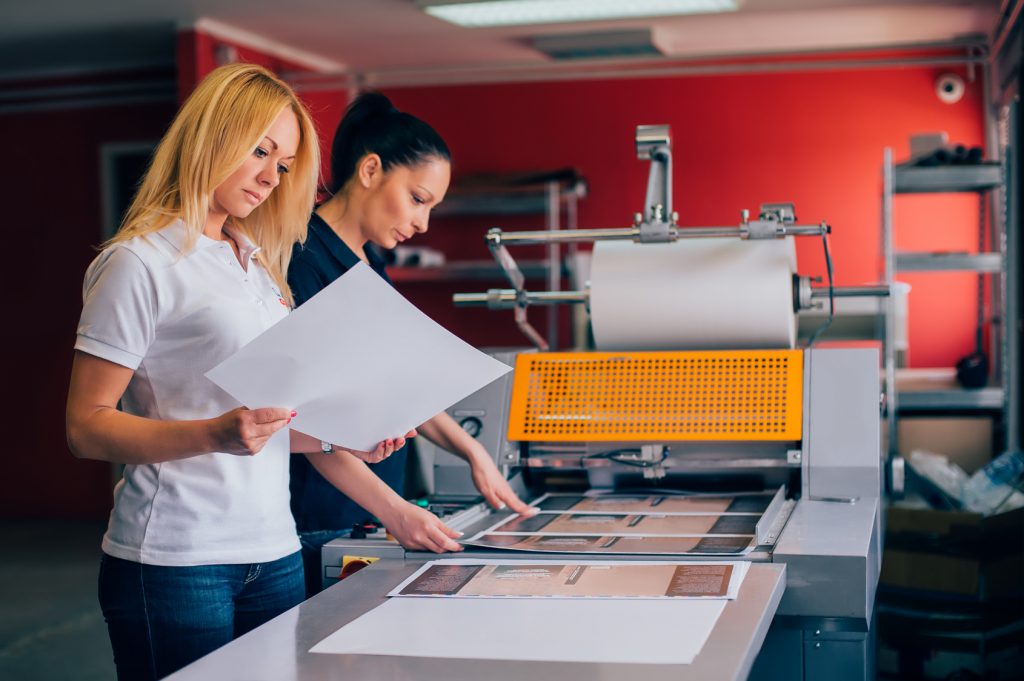
Nanography
Nanography could transform printing. Nanography is a digital printing process that uses tiny ink droplets to create detailed, vibrant prints. This technology can print small text and graphics with fine details and thin lines. Nanography uses less ink and waste than traditional printing.
Bioprinting
Bioprinting could revolutionize printing. Bioprinting uses 3D printing to create medical tissue and organs. Custom-made organs less likely to be rejected by the recipient's immune system could revolutionize organ transplantation.
Implications of Future Printing Technology Trends
Positive Implications
The future of printing technology holds many positive implications for various industries. For example, the increased efficiency and cost-effectiveness of digital printing could allow businesses to produce high-quality printed materials at a lower cost, making them more accessible to a wider range of customers. Additionally, 3D printing could revolutionize manufacturing by allowing for the production of customized products at a lower cost.
Negative Implications
The future of printing technology also presents some negative implications. For example, the increasing automation of printing processes could lead to job displacement in the printing industry. Additionally, the environmental impact of printing technology, particularly 3D printing, is a growing concern, as it requires the use of materials such as plastic that are not easily recyclable.
Conclusion
Printing technology's future holds many exciting possibilities, from efficiency and cost savings to life-saving medical applications. However, it is essential to remain aware of these emerging technologies' potential negative implications and ethical considerations. By staying informed about printing technology trends, we can better prepare for the changes that lie ahead and ensure that they are used for the benefit of society.


